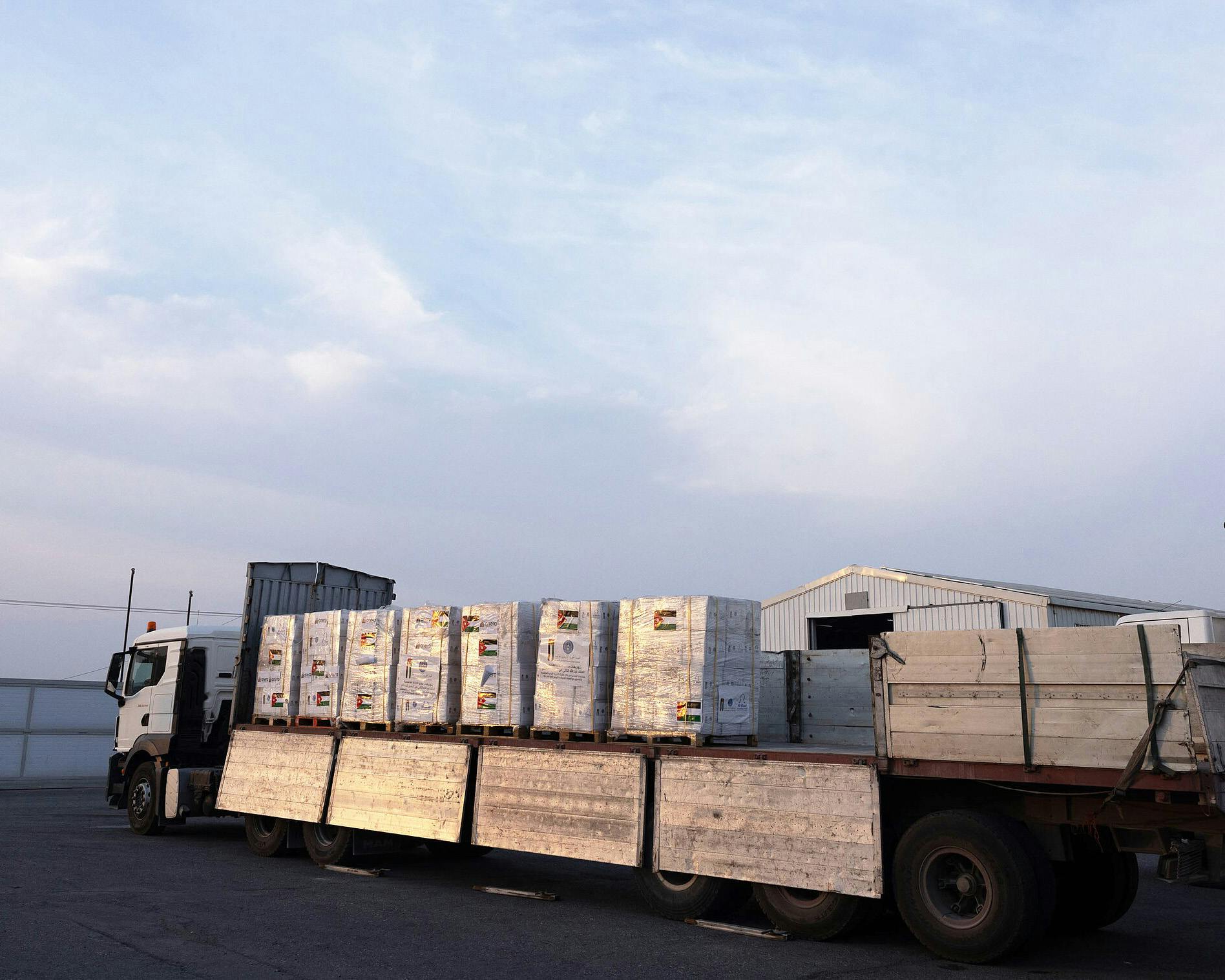Study: One in Eight IDF Reservists Reports PTSD After Gaza War


Friday, 9 May 2025 | Approximately 12% of Gaza war reservists report experiencing multiple symptoms of post-traumatic stress disorder (PTSD), according to a new study published by researchers at Tel Aviv University. The alarming data highlights the severe and lasting psychological impact of reserve combat service. The study raises difficult questions about the readiness of returning soldiers and the state's preparedness to address their needs.
Findings reflect a dramatic increase in reports of PTSD symptoms among soldiers from the March 2019 intake compared to their regular service period—when only 4–6% of soldiers reported such symptoms. This figure is more than double the rate measured six months post-discharge, where approximately 8% of soldiers exhibited symptoms.
The study, which has been ongoing for six years, was conducted in collaboration with the IDF, explains Professor Yair Bar-Haim, head of the National Center for Trauma and Resilience at Tel Aviv University and the lead researcher. "The general aim was to understand how post-traumatic symptoms develop throughout combat service. It’s important to recognize that soldiers come into service mentally healthy. In very rare cases, PTSD stems from prior events like car accidents or terror attacks. What happens is that during the course of service—beginning with basic training, advanced training, and continuing through operational activities—the percentages of those reporting symptoms begin to rise."
The Tel Aviv University study has tracked the prevalence of PTSD symptoms among soldiers over years of combat service and post-discharge. It was presented at the Tel Aviv University "Future of Israel" conference. Surveys were conducted using a questionnaire developed by the US Department of Veterans Affairs, translated into Hebrew, and considered the gold standard for self-reported PTSD symptom measurement. Participants rank the severity of their symptoms on the questionnaire.
While this screening tool does not replace a formal diagnosis conducted in a structured clinical interview, it provides an estimate of full PTSD. Numerous studies from Israel and abroad show a strong correlation between self-reported screening results and clinical interview outcomes, with correlations ranging from 0.70 to 0.85. This means individuals who report severe symptoms on the screening questionnaire are likely to score high in a clinical interview as well.
Combat Soldiers Face Increasing Trauma Symptoms Over Time
The researchers tracked 579 soldiers from the March 2019 intake who enlisted in one of the IDF’s infantry brigades. Participants completed the PTSD symptom questionnaire at five points in time: upon enlistment, after 15 months of service, after 27 months of service, six months post-discharge, and one and a half years post-discharge. Findings show that as the duration of service progressed, the percentage of soldiers reporting multiple PTSD symptoms rose accordingly to levels consistent with a clinical diagnosis, as defined by the American Psychiatric Association’s DSM-5 diagnostic manual.
According to Professor Bar-Haim: "If there are approximately 15,000 combat soldiers in one recruitment cycle, and there are three cycles per year, we’re talking about roughly 2,500 new soldiers annually who struggle with PTSD symptoms—this is just from routine combat service, not including wars or unusual events."
He adds: "Toward the end of regular service, we see the percentages reaching 4.5% to 6%. There was hope it would stop there, but in reality, we observe an almost doubling of the rate post-discharge. The data shows that nearly 8% of soldiers report PTSD symptoms—even before the war—and this is very concerning."
At the first data collection point, i.e., at enlistment, less than 0.5% of recruits suffered from PTSD stemming from prior experiences. After about a year and a half in the military—comprising six months of combat training and approximately nine months of operational activity—the figure rose to 2.6%. By the end of regular service, following additional rounds of operational activity, the rate had already reached 4.4%.
Although there was hope that symptom severity would decrease after discharge from regular service, six months post-discharge, an additional increase in symptoms was observed, with nearly 8% of the cohort reporting multiple PTSD symptoms. It is important to note that this data reflects a period of service without war or special military operations.
The Impact of War: Sharp Increase in PTSD Rates
The fifth data collection point occurred several months after the outbreak of "Operation Iron Swords." Approximately 85% of the study participants were called up for reserve duty and took part in the war. As expected, the war deepened the psychological challenges, and the number of participants reporting significant PTSD symptoms rose to around 12%.
"This war has brought us to a point where 12% experience PTSD symptoms," says Bar-Haim. "This is a high number—but not unusual when compared to similar wars in the past, both in Israel and the United States: Vietnam, the Yom Kippur War, the First Lebanon War, Afghanistan, Iraq. The professional literature fully supports this figure."
Professor Bar-Haim presented the study’s findings at the "Future of Israel" conference: "The study data reflects one recruitment cycle of an infantry brigade—like Paratroopers, Golani, or Givati—that enlisted in 2019 and completed regular service in 2022. During their regular service, these soldiers did not experience war or special military operations, so this data reflects PTSD symptoms among IDF combat soldiers during routine activity, primarily in the West Bank."
Addressing the Mental Health Crisis
Following the Gaza war, another increase in reported PTSD symptoms was recorded, with around 12% of the sample affected. These figures are not surprising and align with what is known about PTSD symptoms following high-intensity wars, both in IDF and other militaries.
"The data contributes to the understanding that we are currently in a mental health emergency in Israel," says Professor Bar-Haim. "This is a situation the Israeli society has been contending with for many years, in both routine and emergency situations. Decision-makers must act urgently to devise long-term solutions to address the need for treatment for the high number of soldiers with PTSD. Solutions must look beyond the immediate horizon, focusing on at least the next two decades. These solutions should include accelerating and improving the training of therapists, alongside opening strong regional clinics specializing in post-discharge trauma treatment."
He emphasizes that these are not just numbers. "These are people living with open wounds. At the National Center for Trauma and Resilience, we treat hundreds of reservists, some of whom receive emergency call-ups during their treatment. There are those who simply cannot return, literally. Someone with a physical injury, like an amputated limb, won’t be called back for reserve duty, but someone who has mentally collapsed often goes unnoticed and still receives a call-up. Some soldiers feel obligated to their team and return despite everything—this can worsen their condition and reduce their functional capacity. Many of them need treatment before they can even consider returning to service, if they ever do."
Professor Bar-Haim concludes by saying that the study data aligns with the large number of combat veterans contacting the Ministry of Defense’s rehabilitation division for help and recognition of their condition. It also partially explains the declining rates of reservists reporting for duty. Combat reservists dealing with multiple symptoms struggle to attend additional service.
The IDF is implementing numerous measures to prevent and treat PTSD, says Professor Bar-Haim. However, the described situation creates a tremendous burden on the IDF, the Ministry of Defense, the rehabilitation division, and Israeli society as a whole, with the main pressure falling on combat soldiers and their families.
(This article was originally published by Ynetnews on May 7, 2025. Time-related language has been modified to reflect our republication today. See original article at this link.)
https://www.ynetnews.com/health_science/article/ry9dep00gex
License: Wikimedia
Related Resources

Discover Your Purpose and God’s Heart For You
In today's divided, turbulent world, it's essential for the Church to rediscover God's heart. Our free e-book, authored by a seasoned expert with three decades of experience in Israel, delves deep into the teachings of Jesus (Yeshua) to reveal God’s principles of love and purpose. Learn how embracing these truths can bring significance and impact to your life, even amidst chaos. Subscribe now to receive your free copy and embark on a journey of transformation.




